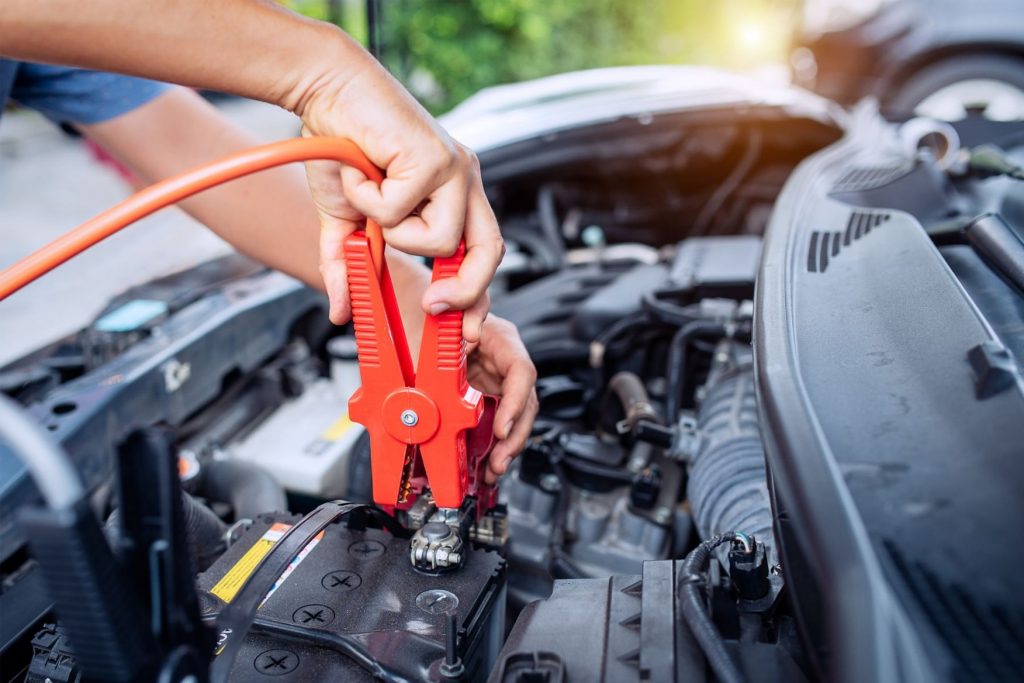
In the realm of both automotive and power equipment, a dead battery can swiftly turn a situation sour. This article elucidates how to avert such circumstances by employing a trickle charger.
In my personal encounters, few things rival the exasperation and upheaval caused by a dead battery. One instance that vividly stands out is when my 8,500-watt generator’s battery perished amid an ice storm, leaving us without power for a week.
Given my wife’s remote work setup, the functioning generator was more than just a convenience. Despite owning a full-size 12-volt car battery charger and a portable jump starter, kick-starting this behemoth required the archaic pull cord method. My initial acquisition, subsequent to replacing the battery, was a battery maintainer.
Another vexing episode involved my SUV, plagued by a gradual electrical drain or what’s commonly referred to as a “parasitic draw.” This drain led to the battery dying every five days if the vehicle remained inactive. I resorted to using a trickle charger until discovering that a loose ignition switch was the culprit keeping the vehicle’s power system engaged.
Trickle chargers and battery maintainers serve the common purpose of keeping batteries primed for starting your vehicle or equipment. However, they exhibit distinct features and serve different functions. This article aims to elucidate these disparities and their specific applications.
What Is a Trickle Charger?
A trickle charger is a specific type of device operating on either a six or 12-volt system, delivering low amperage (typically ranging from two to 10 amps). Its primary function is the gradual recharging of a weak or depleted battery.
However, it’s crucial to monitor trickle chargers during use. When the battery attains a full charge, a standard trickle charger continues to supply charge. If left unattended, this continuous charging can lead to overcharging, significantly reducing the battery’s lifespan.
It is advisable to invest in a trickle charger equipped with an automatic self-regulating “float” mode that ceases charging once the battery reaches its full capacity. Alternatively, consider the acquisition of a solar-powered trickle charger, particularly beneficial for camping purposes.
When To Use a Trickle Charger
Trickle chargers are best suited for short-term applications, specifically for keeping a weak battery adequately charged overnight. For instance, they prove effective for vehicles that might remain inactive for approximately a week.
Notably, several devices within a vehicle persistently draw power, powering various onboard computers and control modules even when the vehicle is not operational. These constant draws significantly drain a 12-volt battery. Trickle chargers serve to maintain full battery charge, particularly during freezing nights that tend to deplete the life and voltage of older batteries. Consistently maintaining older batteries at full charge can considerably extend their lifespan.
Moreover, a trickle charger can address issues associated with parasitic draws. For seasonal devices such as boats, RVs, or motorcycle batteries, where a battery maintainer might not be in use, connecting a trickle charger about a week before their intended use can effectively recharge and refresh the battery.
In my personal experience, I have utilized trickle chargers on various battery types, including 12-volt lead-acid car batteries and deep-cycle golf cart batteries. They are also compatible with 12-volt lithium-ion, absorbent glass mat (AGM), and gel-cell batteries.
It’s important to note that trickle chargers are not intended for jump-starting a dead battery.
What Is a Battery Maintainer?
A 12-volt battery maintainer operates akin to a trickle charger but with distinct differences. Typically, it emits an output of one amp or less, solely intended to sustain the charge of a battery. Unlike a trickle charger, a battery maintainer is unable to recharge a battery that is dead or completely depleted.
Its functionality revolves around automatically adjusting the power output to align with the specific needs of the battery. Furthermore, it is designed to forestall overcharging by automatically deactivating once the battery attains full charge, reactivating when a drop in voltage is detected. Unlike a trickle charger, a battery maintainer can remain connected to a battery indefinitely without the risk of overcharging.
When To Use a Battery Maintainer
Battery maintainers are most suitable for extended applications where a consistently charged and healthy battery is essential. They serve well for emergencies, such as ensuring a motorcycle’s readiness for a rare sunny winter day or catering to on-demand power requirements, for instance, with a generator.
Conversely, trickle chargers are better suited for seasonal equipment, including boats, personal watercraft, lawn tractors, as well as vehicles like motorcycles, dirt bikes, ATVs, off-road UTVs, RVs, and classic or custom cars, especially those driven infrequently, just a few times a year. It’s essential to note that trickle chargers are ineffective in maintaining a battery’s charge if the vehicle experiences a parasitic draw, or when confronted with a completely discharged battery.
After a battery has been serviced and brought to a full charge, battery maintainers function compatibly with similar battery types as trickle chargers, with the exception of 12-volt lithium-ion batteries, which exhibit significantly lower discharge rates.
According to technical support from NOCO, a battery maintainer can be employed with an electric vehicle’s 12-volt battery. However, it’s crucial to select one that is specifically compatible with electric vehicles.
